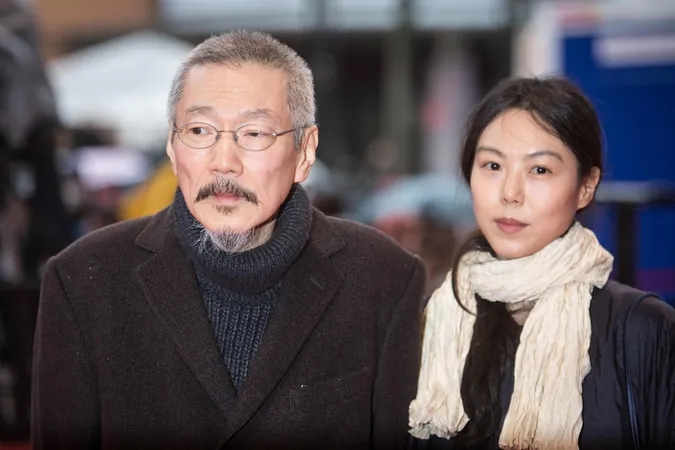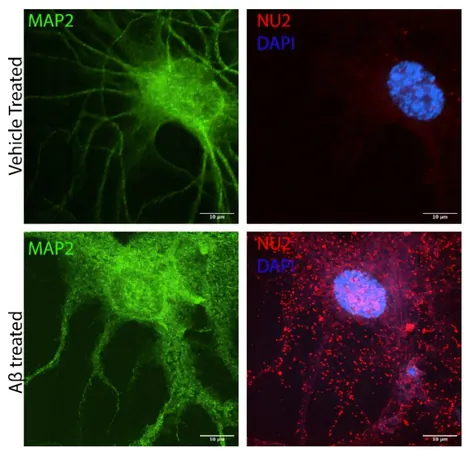
Revolutionary Genetic Findings Redefine Human Ancestry: It's More Complicated Than We Thought!
2025-03-20
Author: Wei Ling
Revolutionary Genetic Findings Redefine Human Ancestry: It's More Complicated Than We Thought!
Recent groundbreaking research has uncovered a far more intricate evolutionary history for modern humans than previously accepted. Rather than emerging from a single lineage, data indicates that our ancestors branched off into two distinct groups around 1.5 million years ago and subsequently reunited, providing crucial insights into our genetic legacy.
Conducted by a team from the University of Cambridge, the study utilized advanced genome sequence analysis and revealed that while modern humans originated in Africa between 200,000 and 300,000 years ago, one of these ancestral groups has contributed a staggering 80% of our current DNA makeup.
Unraveling the Mystery of Our Origins
“The quest to understand our origins has fascinated humanity for generations,” remarked Dr. Trevor Cousins, lead author of the study. He pointed out that prior assumptions suggested a straightforward evolutionary path from a solitary ancestral lineage, yet the specific dynamics of our origins have remained unclear.
Interestingly, earlier research highlighted instances of interbreeding between early modern humans and their Neanderthal and Denisovan relatives approximately 50,000 years ago, attributing about 2% of our genetic material to these now-extinct species. However, the prevailing narrative of a singular lineage leaving Africa is now being challenged by these new findings.
A Richer, More Complex Heritage
Co-author Professor Richard Durbin added that this recent research illustrates an evolutionary process marked by complexity, involving multiple groups that evolved independently for over a million years before coming together to form the modern human species.
Instead of relying on ancient remains, the Cambridge team analyzed contemporary human DNA sourced from the comprehensive 1000 Genomes Project. This initiative, which mapped DNA from global populations between 2008 and 2015, provided unprecedented insights into how different groups of humans contributed to our genetic architecture. The preservation of ancient remains is inherently uncertain, making the modern DNA approach particularly advantageous.
The researchers developed a modeling algorithm known as Cobraa, which successfully simulated the divergence of ancient human populations. Following the split, significant variations emerged between the two groups.
Genetic Bottlenecks and Evolutionary Consequences
“Elucidating the patterns observed immediately post-split, one population appeared to undergo a dramatic bottleneck, shrinking significantly before gradually expanding over a million years,” noted Professor Aylwyn Scally. This population is believed to be the primary contributor to modern human DNA and is also linked to the ancestry of Neanderthals and Denisovans.
However, interestingly, genes from the second population, though contributing a smaller fraction of our DNA, particularly those related to brain function, are believed to have played a pivotal role in our evolutionary narrative.
Remarkably, the analysis indicated that the first population appeared to “lock away” incoming genetic material from the second group within regions of the genome associated with gene function, akin to treating them as harmful mutations. This situation may point to historical challenges in genetic compatibility.
Towards a Deeper Understanding of Human Evolution
While the study offered clues regarding the identity of these ancient human groups, naming them requires more fossil evidence and research. Notably, species such as Homo Erectus and Homo heidelbergensis thrived in Africa during the speculated timeframe, creating avenues for future exploration.
The implications of the Cobraa algorithm extend beyond human ancestry. This innovative modeling technique may also provide insights into evolutionary processes across a variety of species, including distant relatives like bats and dolphins.
Dr. Cousins emphasized that the emerging understanding necessitates a reevaluation of how we perceive evolutionary processes, suggesting that interbreeding and genetic exchanges are prevalent forces shaping the evolution of multiple species across the animal kingdom.
As the Cambridge team fine-tunes Cobraa, the goal is to delve deeper into evolutionary nuances and correlate findings with additional fossil evidence to enrich our understanding of ancient human diversity.
“The astounding capacity to reconstruct ancient events by analyzing modern DNA underscores the complexity and richness of our history,” concluded Professor Scally. Indeed, these revelations indicate that the story of humanity's past is far more intricate than we have dared to imagine.
The influential study, titled "A structured Coalescent Model Reveals Deep Ancestral Structure Shared by All Modern Humans," was published in *Nature Genetics* on March 18, 2025.


 Brasil (PT)
Brasil (PT)
 Canada (EN)
Canada (EN)
 Chile (ES)
Chile (ES)
 Česko (CS)
Česko (CS)
 대한민국 (KO)
대한민국 (KO)
 España (ES)
España (ES)
 France (FR)
France (FR)
 Hong Kong (EN)
Hong Kong (EN)
 Italia (IT)
Italia (IT)
 日本 (JA)
日本 (JA)
 Magyarország (HU)
Magyarország (HU)
 Norge (NO)
Norge (NO)
 Polska (PL)
Polska (PL)
 Schweiz (DE)
Schweiz (DE)
 Singapore (EN)
Singapore (EN)
 Sverige (SV)
Sverige (SV)
 Suomi (FI)
Suomi (FI)
 Türkiye (TR)
Türkiye (TR)
 الإمارات العربية المتحدة (AR)
الإمارات العربية المتحدة (AR)